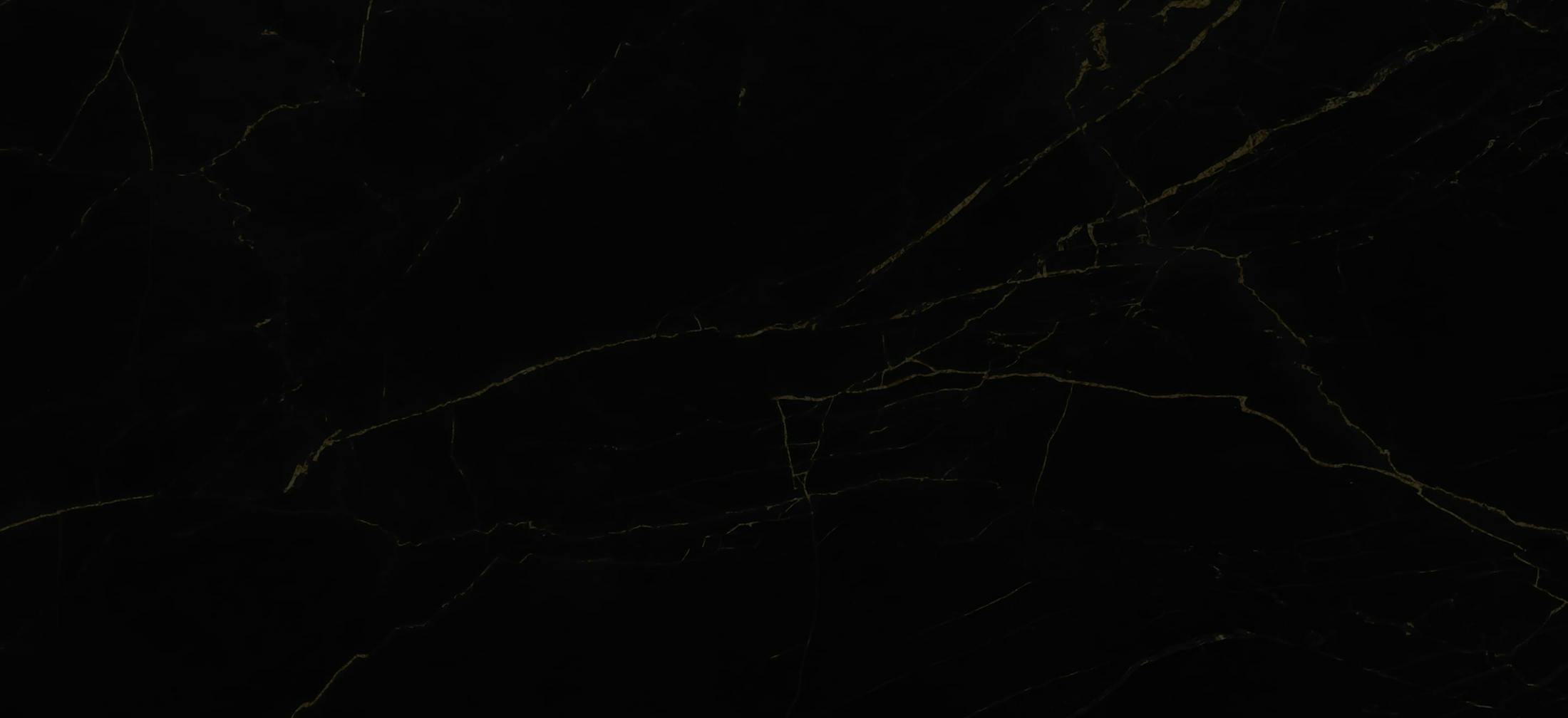Scars are an understandable concern for all prospective surgery patients. Beautiful incisions start with proper incision placement and delicate tissue handling and end with meticulous incision repair. While unfavorable scarring can rarely be an issue, patients are often surprised to learn of the multiple ways that they can be addressed. Incision aftercare is an essential step in both the healing process and the prevention of excess scarring.
Treatment Options for Minimizing Surgical Scars
Incisions don’t always heal as well as patients would like. Wound healing is a highly variable process that happens differently for everyone. Ultimately it is the patient’s genes, health, diet and aftercare that will determine how their skin reacts to the incisions and heals.
There are various steps patients can take to ensure that they have the best results possible. Some of them include:
Sun Protection
Today, it is common knowledge that sun exposure can be bad for the skin. Spending an excessive amount of time in the sun can cause signs of aging to form far sooner than they would otherwise. Fresh scars can also be negatively impacted by the sun’s rays, as they are more fragile than the skin surrounding them. If left unprotected from sunlight, scars can become hyperpigmented and thickened, making them stand out.
Naturally, the best approach to preventing this development is to apply sunscreen every day for the first year following the surgical treatment. It is ideal to use a sunblock containing zinc or titanium that blocks both UV-A and UV-B radiation from the sun. In the event that a patient spends several hours outside, it is recommended that the sunscreen be reapplied to the incisions as needed.
Scar Massage
While it is a little-known technique, scar massage is recommended by most surgeons as a method of reducing the appearance of incisions. Just like any other type of massage, it consists of rubbing in a circular motion with gentle, even pressure to get blood flowing in the area. Patients may be recommended to use a lotion, as this can prevent friction and allow the fingers to slide without resistance.
As incisions can be extremely delicate, it is vital to wait until they have completely healed and all sutures have been removed before beginning any kind of massage. Massaging too soon can be harmful to the treatment area. Dr. Weber will make recommendations in regard to how long the patient should wait before massaging the area.
Silicone Products
Whether they come in the form of gels, creams, or sheets, silicone-based products have been shown to reduce the appearance of scarring post-surgery. In addition to the silicone component, these products are usually formulated with vitamins A and E, which are known for their healing properties. Silicone sheets are similar to silicone gels in that they are both applied over the treatment site and left on.
While silicone products can be purchased over the counter, we will provide you with our Weber Skin medical-grade option. Medical grade wound healing products are more effective at reducing scars than over-the-counter products.
Laser Treatments
Nonsurgical laser techniques have been found to be incredibly helpful at making scars look less prominent, improving the overall appearance of the treated area. One type of laser treatment is fractional CO2 laser skin resurfacing, which can improve various types of scars (surgical scars, skin cancer treatment scars, burn scars, or acne scars).
Laser treatments can be either ablative or non-ablative, depending on the extent of treatment needed (and the size of the scar). Both treatments are non-invasive and involve a very low risk of complications, a quick recovery period, and minimal downtime.
Scar Revision
Scar revision is a different approach in that the old scar is removed and the incision is repaired with very meticulous technique. This is done with the thought that the new scar will be less prominent than the first one. Other methods associated with this technique are mechanical sanding, or dermabrasion, which smooths out the top layer of the scar to reduce its appearance.
It should be noted that the need for any post-surgical incision treatment is very low and that scar revision is almost never required to improve the surgical incisions created by Dr. Weber.
Dr. Weber creates inconspicuous incisions for minimal scarring
While all of these treatments have been proven effective at reducing the appearance of prominent incisions, choosing a skilled, experienced practitioner like Dr. Weber is the best way to ensure a positive result with minimal scarring. With his aptitude for proper incision placement and meticulous incision repair, your surgical incisions should heal inconspicuously. Dr. Weber’s extensive education and training make him an expert in creating minimal scarring for you to handle.

